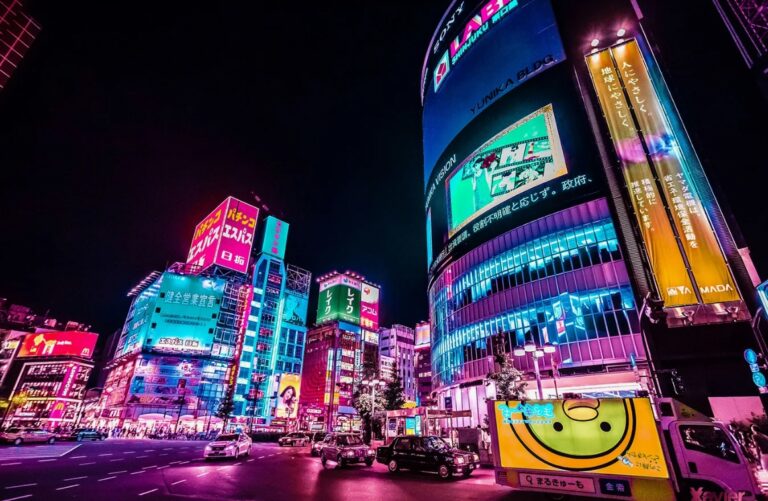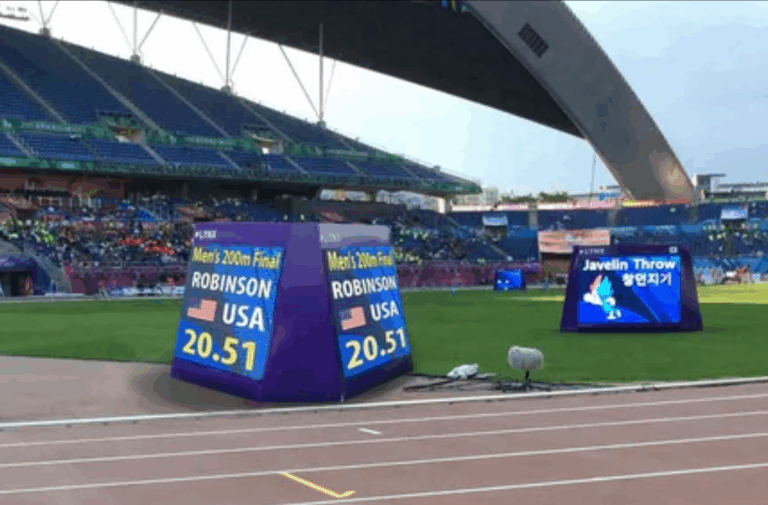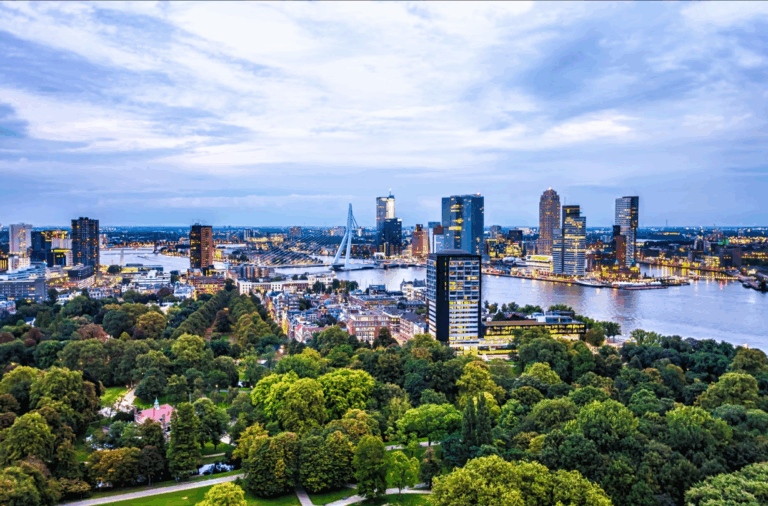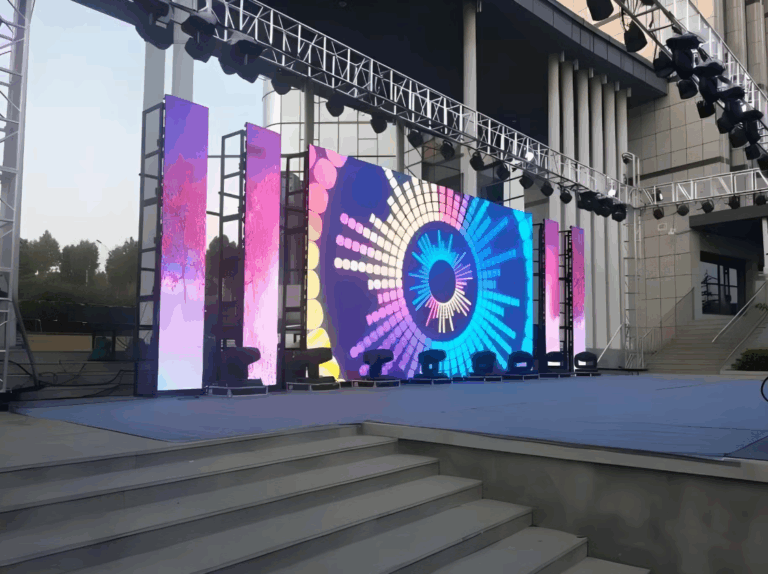In commercial events, concerts, exhibitions, and other fields, LED screens have become an indispensable display tool. However, when faced with the choice between rental screens and fixed installation screens, many users are unsure: which option is better suited to their needs?
This article will provide an in-depth comparison from four key dimensions: cost, flexibility, performance, and maintenance, supported by real-world examples and industry data to help you make an informed decision.
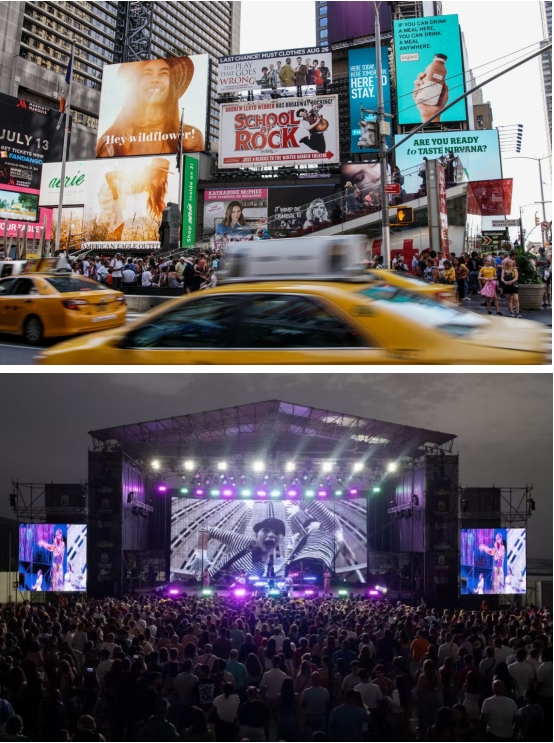
A. Core Differences at a Glance: A Comparison Table
| Comparison Dimension | LED Rental Screen | Fixed Installation Screen |
|---|---|---|
| Usage Scenario | Short-term events (1 day-3 months) | Long-term usage (over 1 year) |
| Installation | Quick assembly, can be disassembled and reused | Permanent fixed installation |
| Cost Structure | Rental fee + transportation & labor | High initial purchase cost + low operational & maintenance costs |
| Protection Level | IP43 (basic dust and water protection) | IP65 or higher (high outdoor protection) |
| Pixel Pitch | P2.5 – P6 (medium to high density) | P1.2 – P10 (various densities available) |
| Typical Use | Concerts, exhibitions, temporary ads | Mall screens, stage backgrounds, conference rooms |
B. In-Depth Comparison of Five Key Dimensions
-
Cost Efficiency: Short-term Savings vs Long-term Savings
Rental Screen:
- Advantages: Low one-time cost (about 100-500 RMB/sqm/day), no need for procurement, storage, or depreciation.
- Limitations: Long-term rental (over 6 months) may result in total costs exceeding the price of purchasing a fixed screen.
- Example: A music festival rents 800 sqm of P3.9 screens for 3 days at a cost of 240,000 RMB, equivalent to 15% of the purchase price.
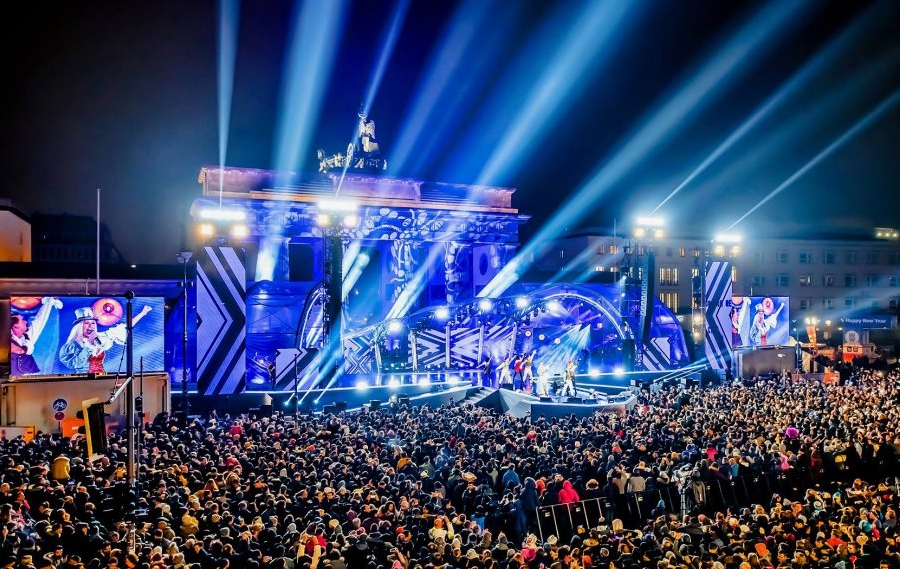
Fixed Screen:
- Advantages: Long-term use (over 5 years), daily cost approaches zero, suitable for high-frequency needs.
- Limitations: High initial investment (P4 outdoor screen around 15,000 RMB/sqm), requires maintenance.
- Example: A mall buys 200 sqm of P4 fixed screens, with 5-year usage cost averaging 8 RMB/sqm/day.
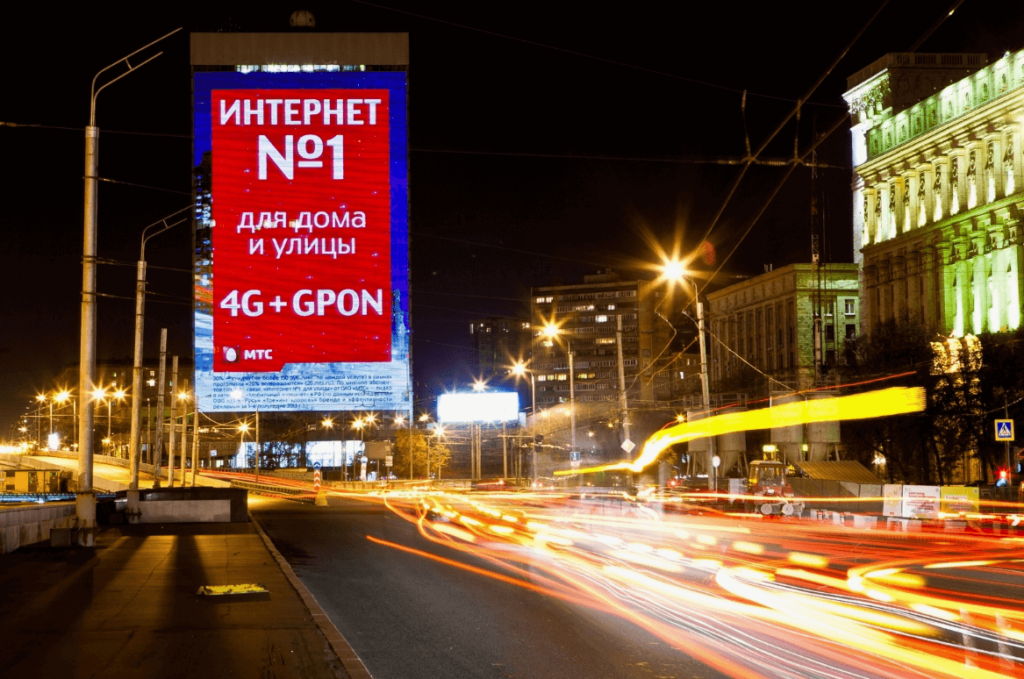
Decision Formula:
Rental is more cost-effective if:
Annual usage days < (Fixed screen purchase price ÷ Daily rental fee)
Example: Fixed screen purchase price 1.5 million RMB, rental fee 500 RMB/sqm/day → Annual usage < 30 days, rental is more cost-effective.
-
Flexibility: Quick Adaptation vs Stable Exclusivity
Rental Screen:
- Supports modular assembly, customizable shapes like curves, cubes, etc.
- Upgradable technology (e.g., 4K to 8K) to avoid equipment obsolescence.
- Example: A car brand event uses rental curved screens and interactive ground screens, set up in 3 days.
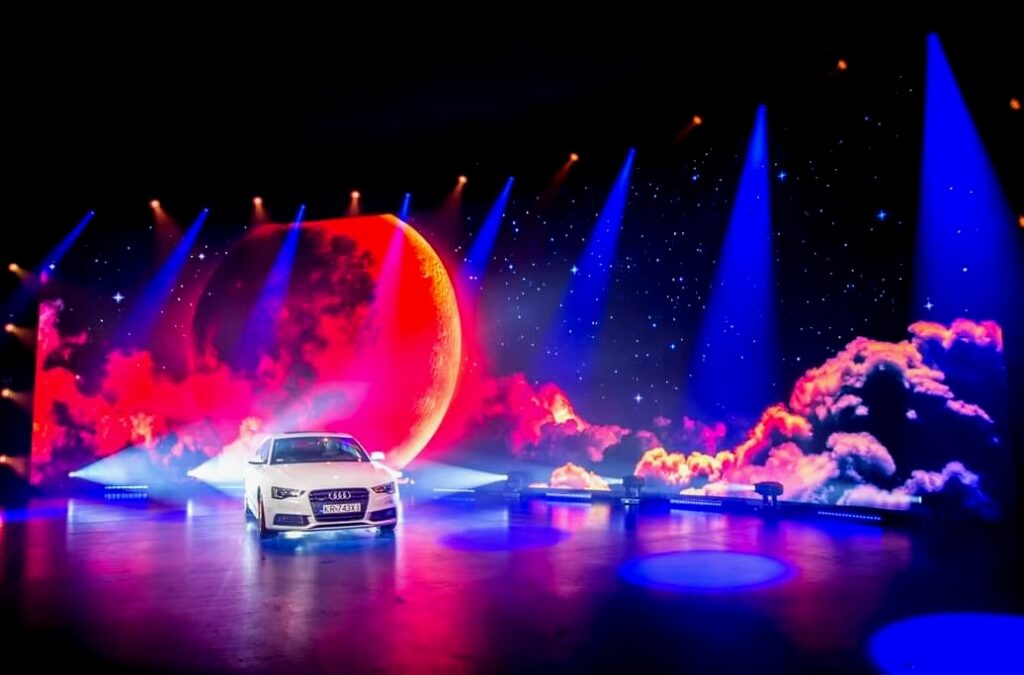
Fixed Screen:
- Deep integration with building structures, not easily modified (e.g., mall exterior screens).
- Upgrading technology may require difficult and costly renovations.
-
Performance: Adequate vs Optimal
Rental Screen:
- Brightness: 3000-5000 nits (suitable for indoor and low-light outdoor use).
- Refresh rate: 3840Hz (basic dynamic display).
- Drawback: Color consistency may be poor (due to frequent disassembly and module wear).
Fixed Screen:
- Brightness: Up to 10,000 nits outdoors (anti-glare), down to 200 nits indoors (non-dazzling in dark environments).
- Refresh rate: Over 7680Hz (smooth for live sports events).
- Advantages: Factory color calibration, color difference < 0.003, suitable for film-quality displays.
-
Maintenance Responsibility: Transferred vs Self-managed
Rental Screen:
- Maintenance, servicing, and insurance are covered by the service provider.
- Risk: Temporary failures can disrupt events (response time must be clearly defined in contracts).
Fixed Screen:
- Requires in-house maintenance team or extended warranty service (annual maintenance cost about 3%-5% of purchase price).
- Advantages: Customizable intelligent monitoring system (e.g., real-time temperature, humidity alerts).
-
Hidden Costs: The Overlooked Truth
Rental Screen:
- Transportation and installation costs: About 30% of the total rental cost (especially for cross-city projects).
- Content adaptation costs: Different screen ratios require redesigning materials.
Fixed Screen:
- Power consumption: Outdoor screens may cost up to 10% of the purchase price in annual electricity bills (100 sqm screen about 60,000 RMB/year).
- Opportunity cost: Inactive screens generate no revenue.
C. Classic Scenario Matching Guide
Three Golden Scenarios for Rental Screens
-
Short-term large events
Example: Coachella music festival rents 5000 sqm of LED floor tiles, installation completed in just 72 hours.
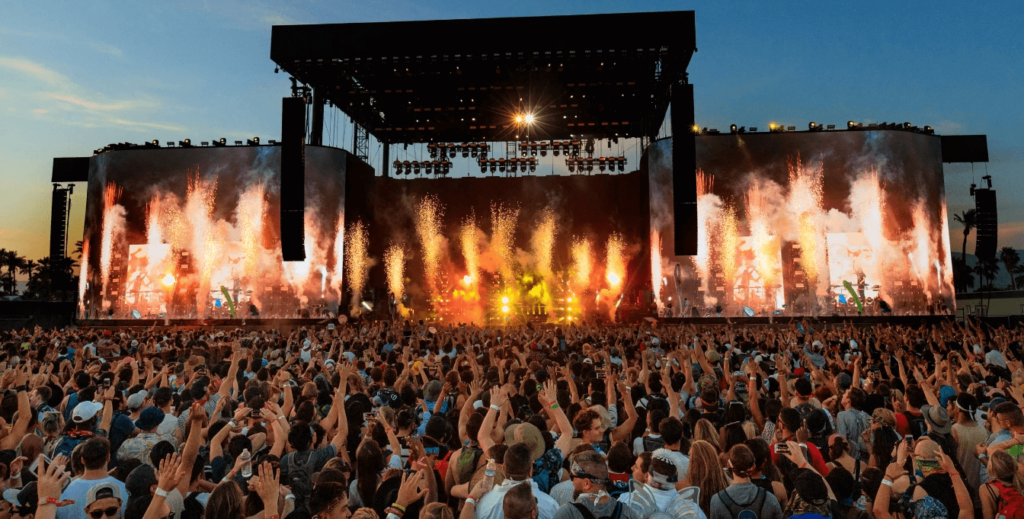
-
Test needs
Example: A new brand rents screens for a pop-up store to test the advertising effect, then buys fixed screens after 3 months when the data is satisfactory. -
Technology experimentation
Example: A Metaverse exhibition rents a Micro LED transparent screen to showcase conceptual products, avoiding heavy investment.
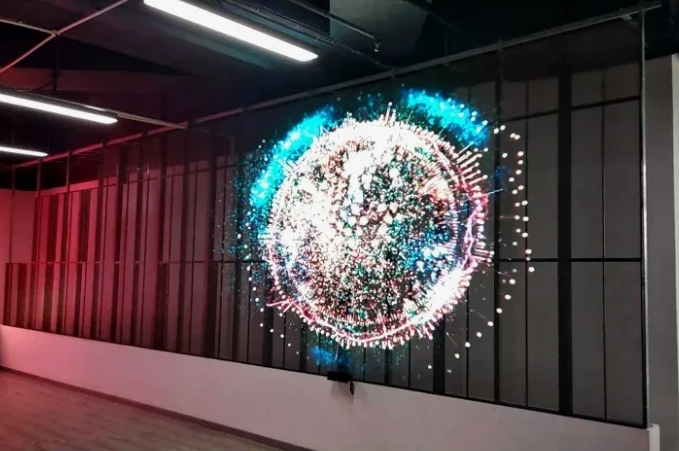
Three Must-have Scenarios for Fixed Screens
-
High-frequency long-term usage
Example: A TV station’s broadcast studio uses fixed screens 16 hours a day, recovering costs in 3 years.
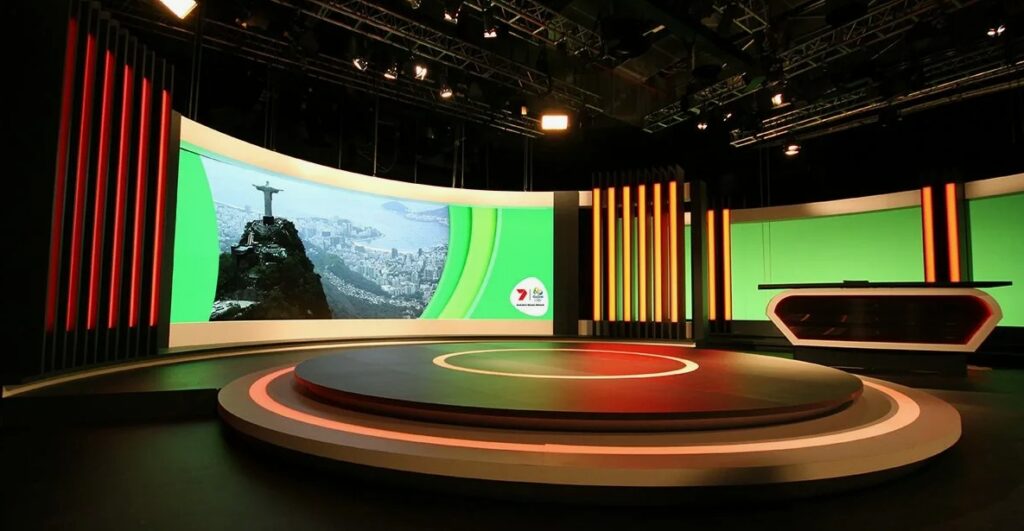
-
Architectural integration design
Example: Beijing Daxing Airport’s curved fixed screen integrates with steel structures, becoming an iconic landmark.
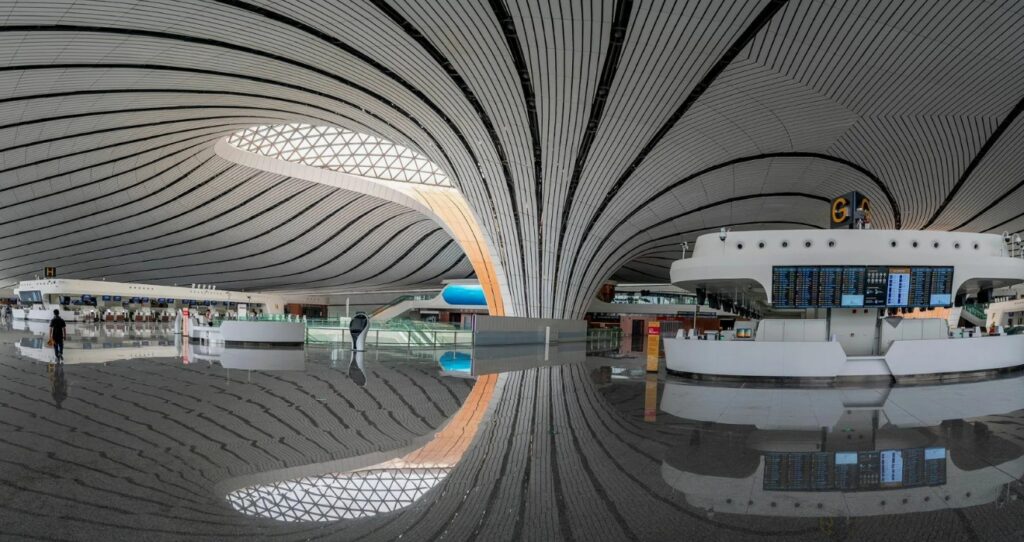
-
Ultra-high performance requirements
Example: An esports arena installs a fixed screen with a 7680Hz refresh rate, meeting professional gamers’ zero-latency demands.
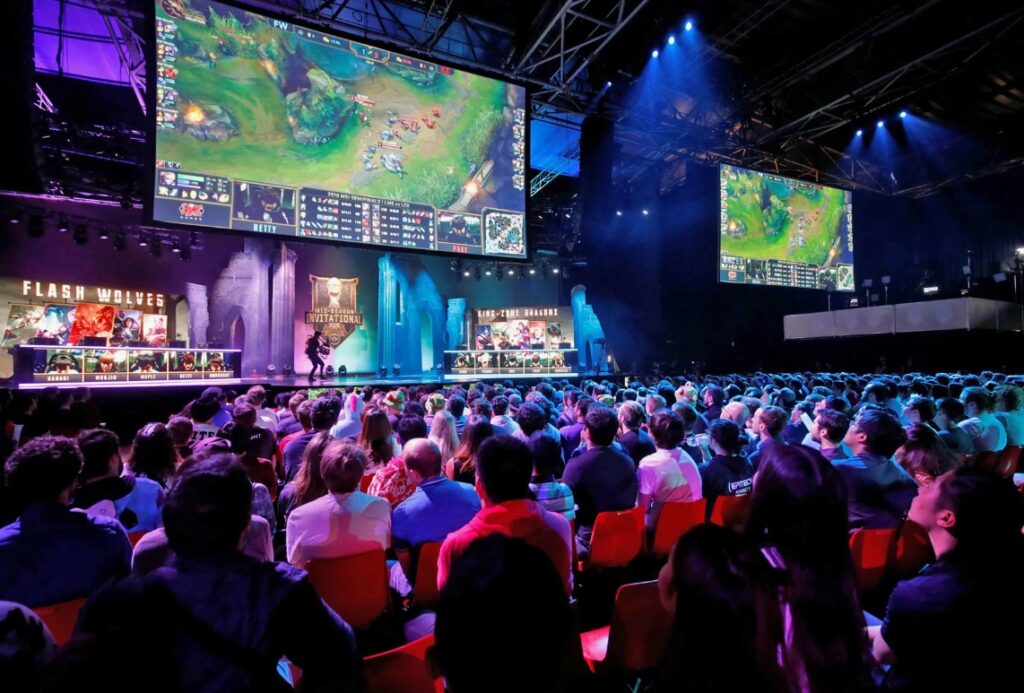
D. Industry Trends: The Boundary Between Rental and Fixed Screens is Becoming Blurred
-
Hybrid Mode on the Rise
Fixed screens + rental supplements: E.g., mall exterior fixed screens + temporary event rental interactive screens. -
Pay-as-you-go Subscription
Cloud screen management: Pay a monthly fee to remotely access fixed screen resources from global partner venues. -
Green Circular Economy
Second-hand rental screens refurbished: Reducing costs by 30%, ideal for small and medium-sized businesses’ short-term needs.
E. Ultimate Decision Flowchart
- Clarify your needs: Number of usage days per year? Need for mobility? Budget limit?
- Calculate costs: Compare total rental price vs. lifecycle cost of fixed screen.
- Evaluate risks: Can you handle equipment failure? Do you have storage space?
- Choose the LED electronic screen supplier: Rental providers should be evaluated for equipment inventory and response speed; fixed screen suppliers should be verified for technical qualifications.
F. Conclusion
There is no “absolutely correct” choice, only the solution that best fits your current needs.
- If you prioritize “zero asset burden, fast deployment”, rental screens are a wise choice.
- If you need “stability, long-term cost reduction”, fixed screens will offer greater value.
Choose the right screen, and turn every bit of your budget into business returns.

